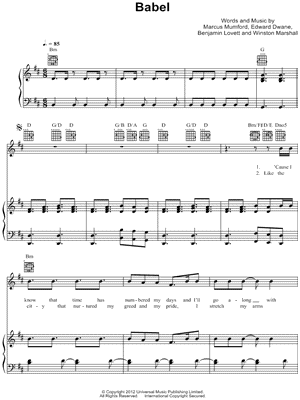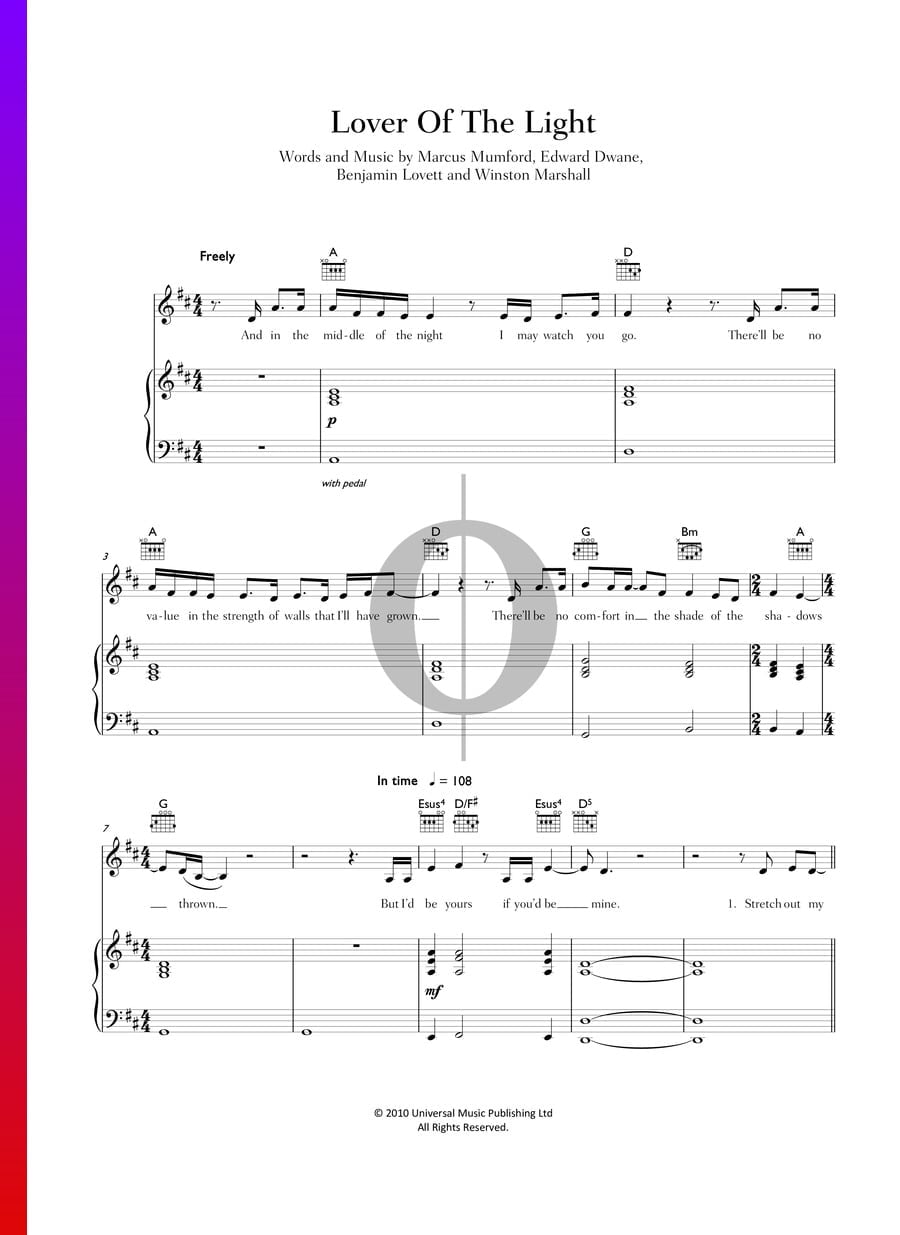
They did, however, admit that they purposely took their time in order to perfect the sound that they had already developed.Īfter a year of speculation, it was finally announced via their official website on Monday, 16 July 2012 that their new album Babel would be released in the UK on 24 September, and the following day in the US. Mumford & Sons decided not to change their sound on Babel, which is the follow-up to 2009's highly successful Sigh No More, which elevated them to international fame. "Not With Haste" was a re-written version of the song "Learn Me Right" which they had performed with Birdy for the soundtrack of the film Brave. Most of these songs, including "Broken Crown" and "Below My Feet", had already been played live on numerous occasions before the album's release. In late 2010, Mumford & Sons had already begun road-testing new material that they had been working on. The album received generally positive reviews from music critics and was nominated in the category of Album of the Year for both a Brit Award and a Grammy Award, winning the latter. It became the fastest-selling album of 2012 in the UK, selling over 159,000 copies in its first week, and was the biggest selling debut of any album in 2012 in the US at the time, selling 600,000 in its first week. Upon its release, Babel debuted at number one on both the UK Albums Chart and the US Billboard 200. It was released on 24 September 2012 in the United Kingdom, Scandinavia, Spain, Italy, Eastern Europe, South America, and on 25 September 2012 in the United States and Canada. It was released on 21 September 2012 in Ireland, Germany, Belgium, the Netherlands, Luxembourg, Norway, Australia and New Zealand. The vinyl LP version of the record was pressed by United Record Pressing in Nashville, Tennessee. As with Sigh No More, the album was produced by Markus Dravs. That’s my interpretation of the song.Babel is the second studio album by British rock band Mumford & Sons. Give the I chord a good hearty final strum 🙂 Now in some way shape the excess Chorus 2Īnd I will wait, I will wait for you Verse 3Ī tethered mind freed from the lies Prechorus – 2nd time Know my ground Chorus – Lyrics and ChordsĪnd I will wait, I will wait for you Instrumental (short) Will blow away with this new sun Prechorus – Lyrics and Chords Vi | V | I IV | I | V | V Verse – Lyrics and Chords Here’s the song written out… Lyrics and Chords to I Will Wait by Mumford and Sons Intro (prechorus chords) These prechorus and tag parts are 4/4 time except for a short 2/4 measure. And the tag chords are played as the instrumental before the tag. The prechorus chords are also played as the intro before the first verse. The majority of the song is in 4/4 time except for the prechorus and the tag near the end. It is a little unique than most songs and so I want to address it since it can be a little tricky. I hinted at the 2/4 time in the rhythm section. The key to playing Marcus’ rhythm is more in the technique of strumming with your wrist and not with your whole arm and then emphasizing parts of the strings but not playing all six for every strum in the pattern.

The rhythm is played very rigid and the tempo I wrote it in is really fast. That’s how they can throw in a 2/4 measure in this song which we’ll learn about in the next section.

The rhythm is in 4/4 time although you can split the 4 beats into 2 and get the same rhythm for both parts. So, there is a monotonous D (flat) chord ringing through during most chords. Of course the majority of chords in the song aren’t true ‘1 3 5’ chords because if you play any open strings you will be playing the notes of the Major I chord consistently.
#BABEL MUMFORD AND SONS CHORDS FULL#
There is no 3rd played which means it isn’t a minor chord officially but the banjo is playing the full minor iii so it gives the song some variety. It seems that Marcus is playing a D flat chord with an F in the bass. The only chord that I am a little unsure of is the minor iii (B flat Minor) during the “I Will Wait” lyrics. I like to show the big picture view of the guitar neck first and now below show each chord played in the song individually. The notes in red above are the locations your fingers will play. Here’s the Major Scale chords and a look at the notes on the neck of the guitar with this tuning.

The chords look different than standard E tuning when tuned to DADGAD (flat). This song’s guitar is using the common alternate tuning DADGAD but it’s actually been dropped a half step lower so it’s D (flat) A (flat) D (flat) G (flat) A (flat) D (flat).


 0 kommentar(er)
0 kommentar(er)
